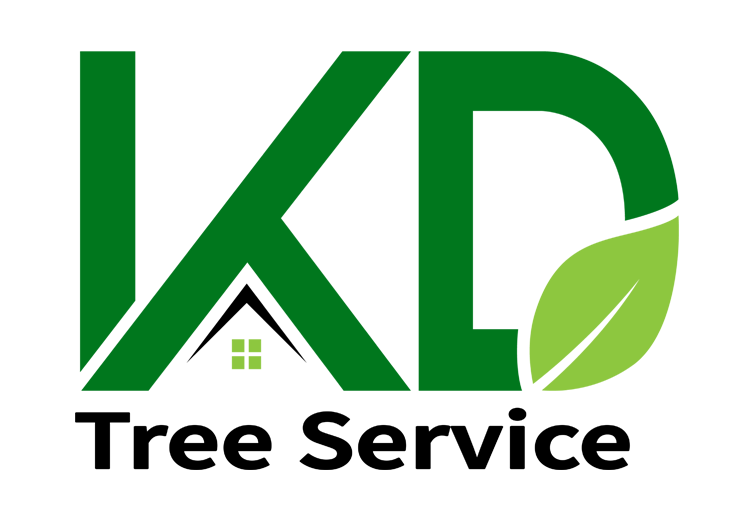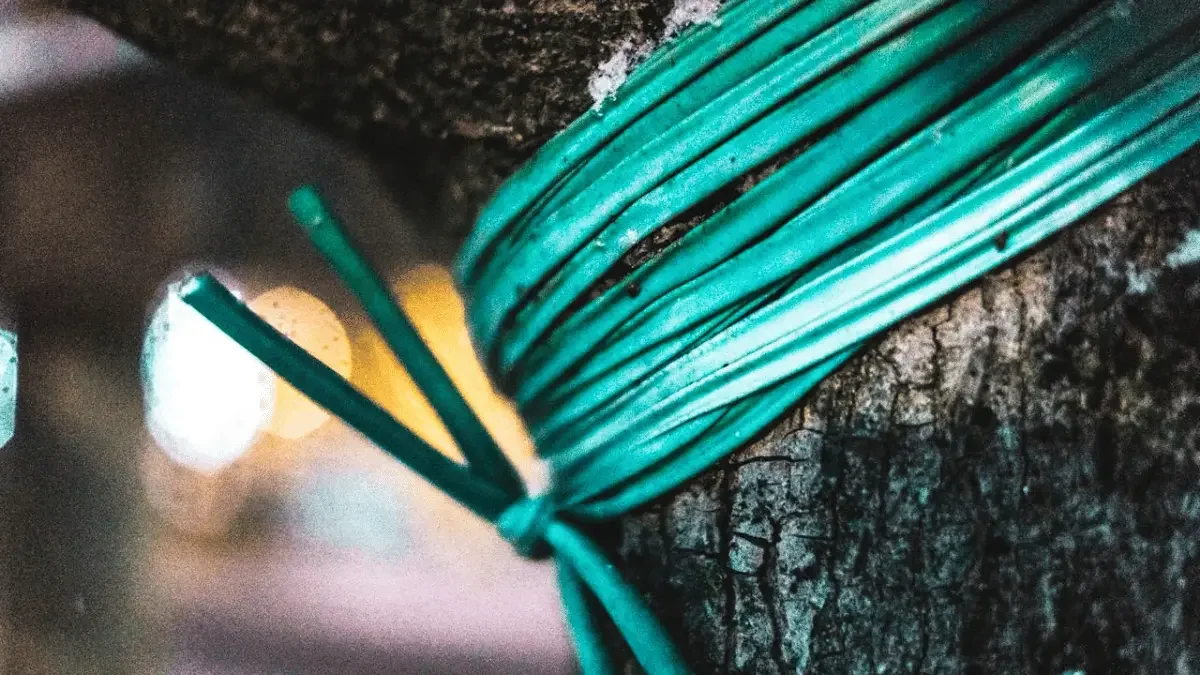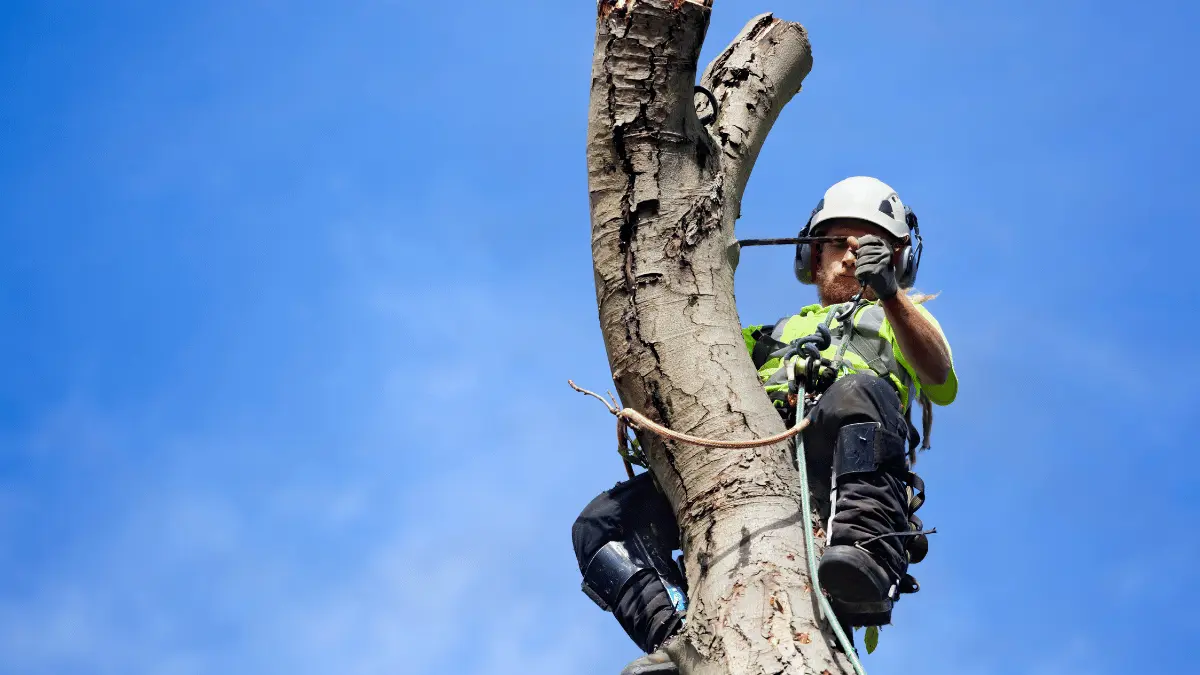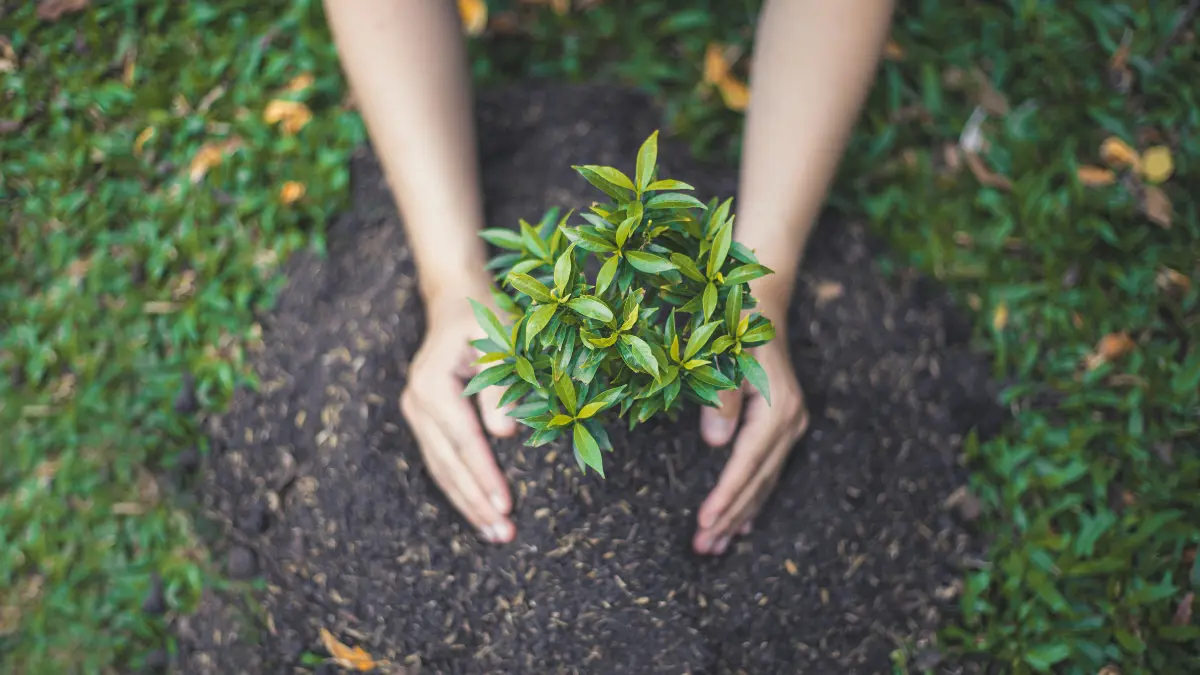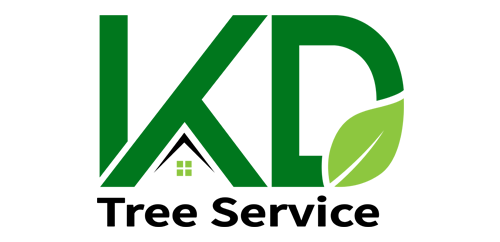Trees provide shade, aesthetic appeal, and environmental advantages, making them a vital component of any landscape. However, even the strongest trees occasionally require a bit of extra support to survive the weather and any structural difficulties they might come across. This is when bracing and tree cabling are useful. These methods can often be the most effective for keeping trees standing up, safe, and healthy.
Let’s go into greater detail about what tree cabling and bracing mean, why they’re necessary, and how these methods can help your trees last longer.
What is tree cabling and bracing, and how does it work?
Arborist tree cabling and bracing services employ tree support systems like tree cabling and bracing to strengthen weak or sensitive branches and trunks, preventing damage or possible failure.
How tree cabling helps with stability

Installing flexible cables in a tree’s upper canopy to prevent branch movement is known as cabling. Cabling redistributes the pressure, reducing the likelihood that weaker limbs would break under their weight of snow and ice or due to strong winds.
Tree bracing for structural support.
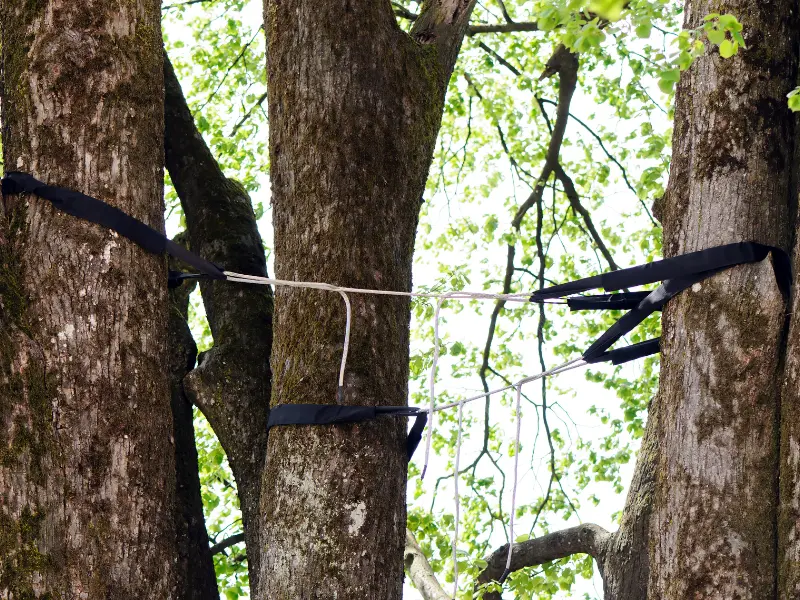
Bracing strengthens a tree’s weak spots, like a broken trunk or a branch bearing a lot of weight, by using steel rods. In order to stop more splitting or breaking, braces are usually positioned closer to the tree’s weak spot, lower in the tree.
Both Tree cabling and bracing techniques aim to minimize the chance of structural failure while preserving the tree’s natural shape to the highest degree attainable.
When should you use tree cabling and bracing for support?
While cabling and bracing trees are not necessary for every tree, there are some situations during which they have a major effect on a tree’s stability and lifespan.
Signs your tree needs cabling and bracing

Weak Branch Unions: Some trees develop a “V” shape, in which a trunk and a branch or two branches meet at a sharp angle. This may lead to a weak point that eventually cracks under the weight of the tree or outside forces. Stress at those union points might be minimized via cabling.
Heavy or Overextended Branches: Sometimes, mature trees grow branches that extend greatly from the main trunk. Wind, snow, or simply their own weight could trigger these branches to break. Cabling adds support to these branches, allowing them to develop safely.
Damage Recovery: Bracing can provide crucial support as a tree heals from a crack or break in the trunk or a large branch. A major split or fractured trunk is a serious structural problem, and bracing can stop more damage or failure.
Multi-stemmed Trees: As they get older, some trees, such as maples and birches, may become unstable due to their many stems. The stems are secured by cabling and bracing, allowing them to grow together harmoniously without competing for structural superiority.
High-Stress Environments: Extra-structural assistance may be helpful to trees in regions with high winds, a lot of snowfall, or high foot activity around their root zone.
The benefits of tree cabling and bracing for weak trees

Stops Branch and Trunk Failure: By securing slender limbs and lowering their likelihood of breaking, cabling and bracing can prevent serious harm to the tree.
Increases Tree Lifespan: These methods help trees grow longer and healthier by strengthening their weak spots, which will benefit the landscape for many years to come.
Protects Neighbouring Property and Persons: Trees with weak branches could danger to neighbouring persons, structures, or automobiles. Bracing and cabling lessen these risks.
Supports Natural Growth: Cabling and bracing retain the tree’s natural structure and aesthetic value without cutting off big branches or changing the tree’s shape.
Arborist tree cabling and bracing services

Tree cabling and bracing should always be done by a qualified arborist. In fact, improper installation may damage the tree or not give it enough support. The general steps in the procedure are as follows:
Assessment: An arborist looks at the tree’s structure, vulnerabilities, and stress spots first.
Installation: Bolts fastened to the limbs are used to put wires high in the canopy. Steel rods are put through the trunk or branches’ weak spots for bracing in order to keep them from splitting.
Maintenance and Inspection: As the tree gets bigger, it’s important to periodically check the braces and wires. Over time, modifications can be required to guarantee the tree keeps getting enough support while being restricted.
Investigating tree health support with cabling and bracing

To make sure cables and braces maintain the tree structural support systems
in an efficient manner after they are installed, routine inspections are necessary. Tree development and alteration over time can have an impact on brace location and cable tension. Through inspections, arborists can make necessary adjustments to the equipment, averting possible issues and guaranteeing the system keeps operating at its best.
Here's why it's so crucial to regularly inspect the bracing and cabling:

Tracking Tree Development: As trees get bigger, they surround the supports and wires with more wood. This expansion may cause the cables to become misaligned or increase the strain on the bracing. Arborists can prevent the hardware from becoming entrenched in the tree or stressing out new growth by making the required adjustments during routine inspections.
Preventing Hardware Failure: Braces and cables are vulnerable to deterioration over time, just like any other structural support system. Inspections lower the chance of failure during storms or heavy winds by ensuring that the hardware stays sturdy and secure.
Finding New Weak Points: As they mature, trees undergo ongoing change because they are living things. A tree may develop new weak spots or structural issues that require further support even with cables and braces. An arborist can evaluate the tree as a whole during an examination, spot any new dangers, and suggest additional care if necessary.
Maintaining Long-Term Efficiency: Although well-maintained cables and braces can endure for many years, they could occasionally require changes to continue working properly. Frequent checks maintain the system’s functionality and guarantee that the tree will continue to gain from the assistance without experiencing any negative consequences.
Safety for the Environment: Trees with bracing and wires are frequently seen close to buildings, walkways, or places where people congregate. Frequent inspections guarantee that the system stays safe, lowering the risk to nearby people and property.
For mature trees with a lot of cabling and bracing, a licensed arborist’s annual check is advised. To make sure the system is still functional and intact after a strong storm or other weather event, a follow-up examination is advised.
When partnered with routine maintenance, tree bracing and cabling can give trees the vital support they need to remain strong and secure for many years. To safeguard your tree and the surrounding environment, make sure to arrange regular inspections with a certified arborist if your tree has wires or bracing. This proactive strategy ensures the safety and longevity of the tree while reducing risks and maintaining a healthy landscape. Our goal at KD Tree Services is to provide expert, efficient, and trustworthy tree care. Please feel free to call us if you need a tree cable or brace evaluated or if you have questions regarding a tree.

